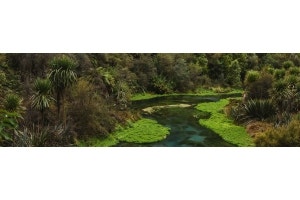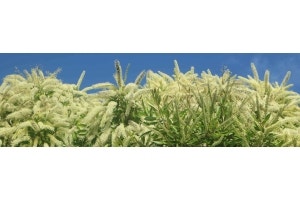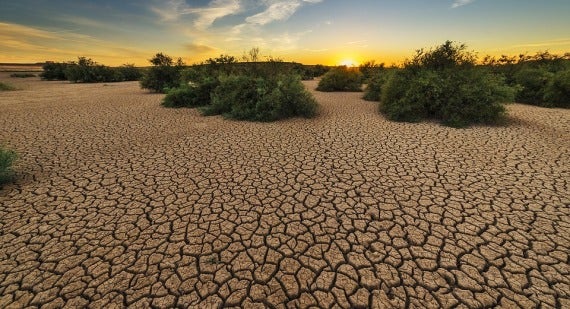
Planting in clay soil
We're often asked how to manage clay soil and which plants work best, so we've put together a handy guide to improving your clay soil. Plants struggle to thrive in clay soil due to the density of its fine particles - roots have to work extra hard to establish themselves. When plants do thrive, they find that clay is often an excellent growing medium.
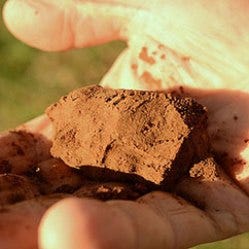
How to tell if your soil is clay
Grab a handful and squeeze it.
Wet clay soil is quite sticky and pliable, it takes a long time to dry out, and forms lumps.
Dry clay soil is almost rock hard and impossible to get a shovel into, except in the large cracks that often appear.
The plus side to clay soil is that it's loaded with nutrients! Improve the soil structure, choose plants suited to clay soil, and watch your garden thrive.
Ways to improve the quality of clay soil
- The simplest and most effective method is to dig organic matter through the soil - generous amounts of it. It binds to the soil, improving drainage while retaining moisture during dry spells. Lots of organic matter – such as spent mushroom compost, well-rotted farmyard manure, homemade compost – will add nutrients to the soil and help open up the texture.
- Grow an annual ‘green manure’ crop - such as clover, alfalfa, millet or lupin - and dig it into the soil at the end of the growing season. If your soil is too hard to plant green manure, try planting potatoes which will help break up the soil as they grow, and as you harvest them.
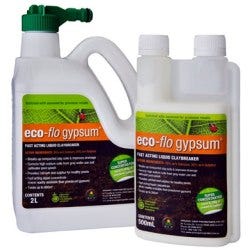
- Adding natural powdered Gypsum to the soil changes its structure, and the soil becomes fine and crumbly. We recommend adding organic matter first, to improve its effectiveness.
- Another great clay-breaker is eco-flow gypsum. Available in an easy hose-on application that includes a boost of eco-seaweed; as the product is liquid it's more readily available to plant roots than the dry powdered form. Again, the addition of organic matter will help to get the most out of this product.
Top Tips for Planting in Clay Soil
- Avoid planting when the soil is excessively wet or dry. Compacting the soil when it is wet makes the problem worse, so try not to walk on it! Laying a wide plank board across the garden bed to kneel on can help with this.
- Dig a hole that is at least three times the size of the root ball of the plant. Break up the sides and base of the hole – stab them with a garden fork or the corner of the spade – so they are rough.
- Add generous amounts of gravel or sharp sand to the bottom of the hole. Add well-composted organic matter and turn these together with a garden fork
- Plant your shrub or perennial into the centre of a small hill or mound. That way any rainfall or irrigation water will drain away from the plant but towards to tips of the roots. Place the plant in the centre and back fill, taking care not to plant too deeply
- Check regularly and water as required until the plant is established, usually around 12 weeks
- Apply a good layer of mulch during the dry season to help retain moisture
Take a look at our blog on Which Plants Are Best For Clay Soils, to help you select a range of plants that are more likely to do well in your garden.










